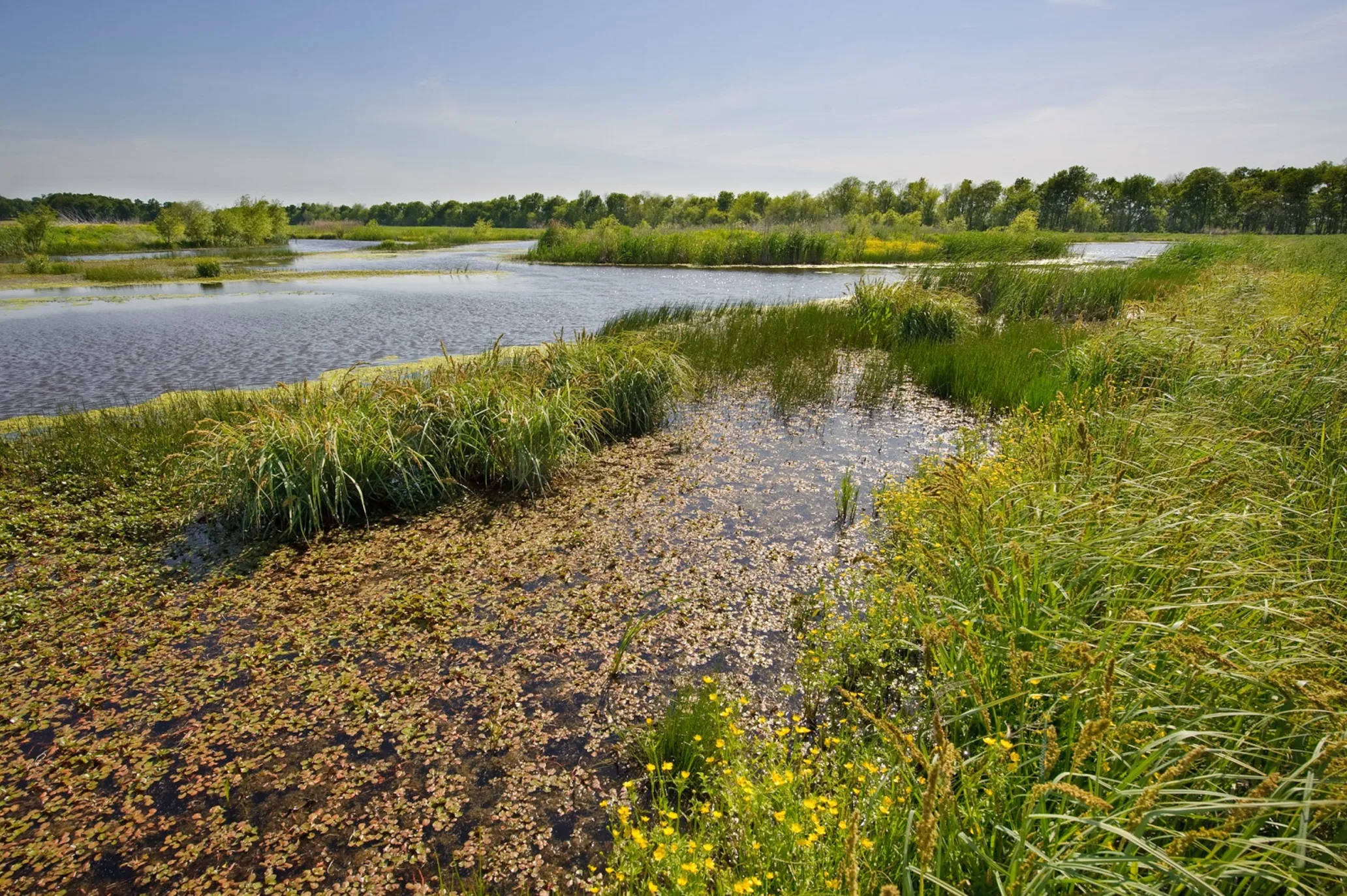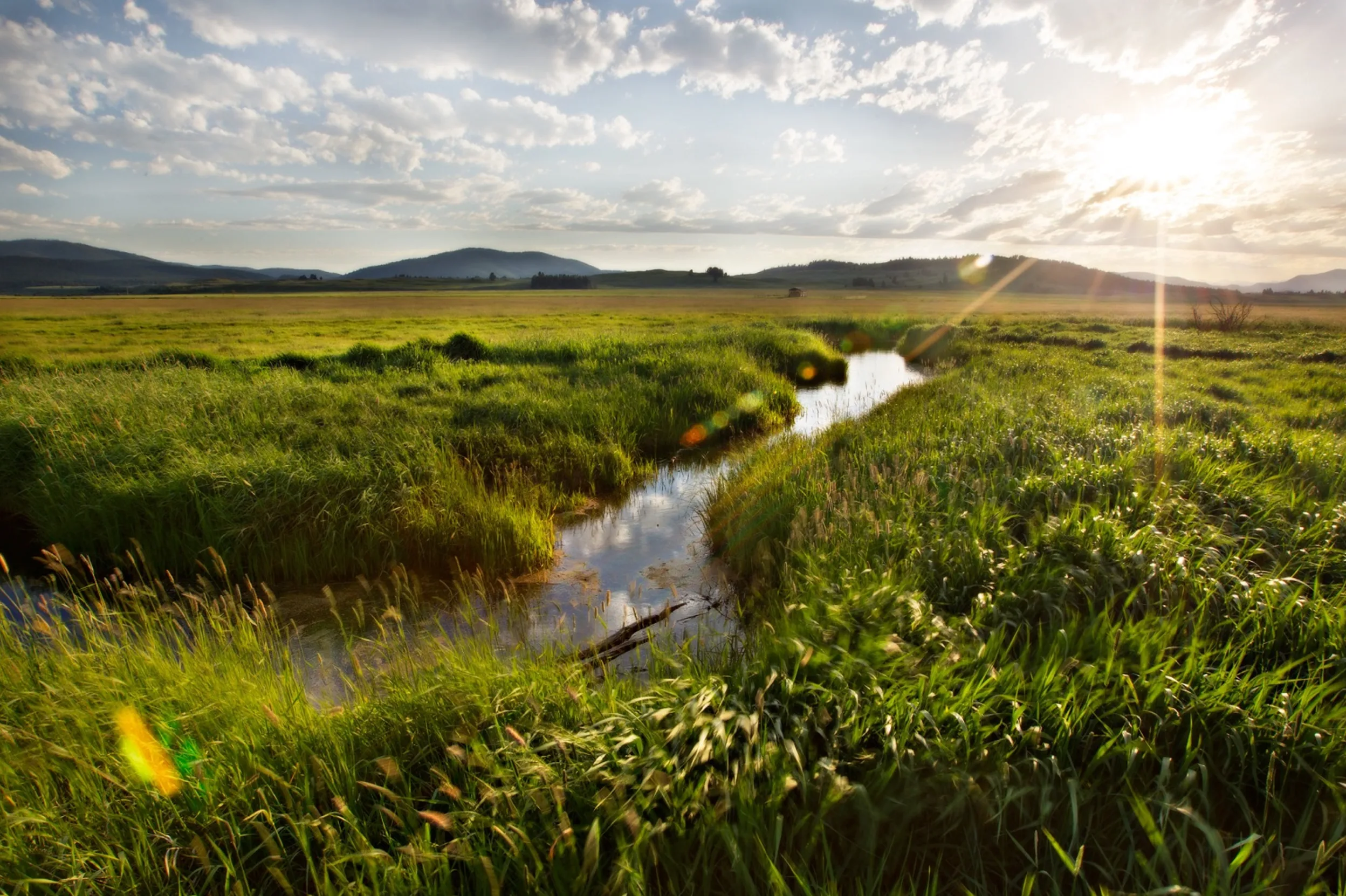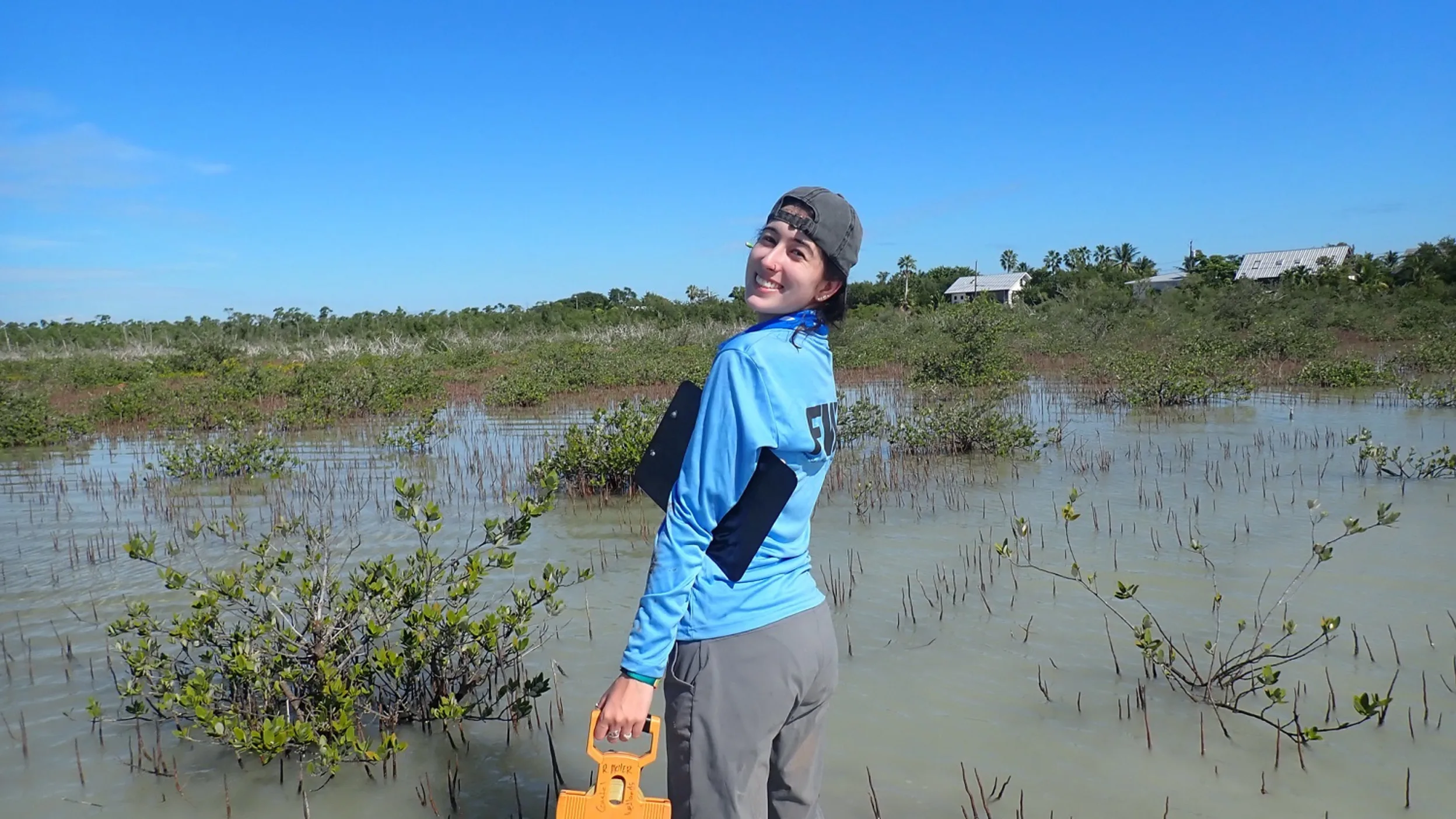What are wetlands, and how are lands trusts protecting them?
Whether it be through the provision of clean water, acting as a source of food or protecting us from extreme weather events, healthy wetlands are critical ecosystems.

World Wetlands Day is February 2, and the Alliance is highlighting land trusts doing important work to protect these critical habitats. Keep checking out the blog for stories!
February 2 is World Wetlands Day, a day built to raise awareness about wetlands, their global importance and the necessity of preserving them. The date was adopted in August 2021 by the U.N. General Assembly — Feb. 2 also happens to mark the anniversary of the Convention on Wetlands, which was adopted as an international treaty in 1971.
On January 22, the Secretariat of the Convention on Wetlands, led by Dr. Musonda Mumba, issued a statement in advance of the observance, touching on the urgency to protect and restore the planet’s wetlands:
Wetlands and people are life interlaced. Wetlands are central to our wellbeing. Whether it be through the provision of clean water, acting as the source of food or protecting us from extreme weather events, healthy wetlands equate to our wellbeing …
Despite the numerous benefits that humans receive from wetlands, every day wetlands are damaged by human beings. Wetlands are being destroyed by unsustainable agricultural practices which are a primary cause of wetland loss through drainage and infilling. Many wetlands, particularly those near cities, have also been polluted by human activities and recently further degraded by plastic pollution, which exacerbates the triple planetary crisis of climate change, nature loss and pollution ultimately affecting human health.
For World Wetlands Day 2024, the Secretariat has invited people to take action in three different ways: by making conscious choices to stop polluting wetlands; by joining the global effort to conserve and sustainably manage wetlands; and by taking part in wetland restoration efforts locally.
What are wetlands?
Rainforests and coral reefs might get more publicity, but wetlands are similarly among the most productive ecosystems in the entire world, as Sarah Gibbens explained for National Geographic:
These diverse ecosystems are found on every continent except for Antarctica.
Generally, they’re divided into two categories: coastal or inland. Coastal wetlands are a mix of fresh and saltwater, a combination called brackish water. Wetlands here look like grassy salt marshes and mangrove forests ….
Well-known animal and plant species such as alligators, turtles and snakes live in wetlands around the world. In North America, migratory birds use these habitats as pit-stops on their cross-country journeys. Of the 12 million waterfowl in the U.S., as many as two-thirds reproduce in Midwestern wetlands.
The U.S. Environmental Protection Agency refers to wetlands as “biological supermarkets” that feed complex and dynamic food webs — small aquatic insects, shellfish and small fish thrive on a surplus of organic plant material, and they, in turn, provide food for everything from large predatory fish to reptiles, amphibians, birds and mammals.
The wildlife, plants and microbes found in wetlands are also integral to the planet’s natural water, nitrogen and sulfur cycles, and wetlands store carbon in their plants and soils rather than releasing it into the atmosphere. Plus, they prevent erosion, helping to hold shorelines in place, while also storing water when it floods. “Perpetually in limbo, wetlands are ‘transition zones’ between dry land and water,” Gibbens wrote. “During floods, they sponge up excess rainwater that would otherwise cause flooding and damage homes. One acre of wetland can store over 1 million gallons of flood water.”
How are land trusts working to protect wetlands?
Southern Michigan has historically supported a mix of tallgrass prairie, oak savanna and forestland, supporting a diverse array of wildlife that includes white-tailed deer, wild turkey, ring-necked pheasant, cottontail rabbit, grassland nesting songbirds, monarch butterflies and other native pollinators. Dotted among the grassland fields are an extremely rare ecosystem known as a prairie fen.
Fens are peat-forming wetlands that receive nutrients from sources other than rain, like drainage or groundwater. They’re less acidic and have high nutrient levels, making them able to support a diverse array of plant and wildlife. And like other types of wetlands, fens provide benefits beyond plant and animal habitat, including preventing or reducing the risk of floods and improving water quality.

For Michael and Diana Arnold, their Brooklyn, Mich., farm is home to one of the few fens left in Michigan:
To protect these rare animals and plants — white lady-slipper orchid, southern wild rice, eastern massasauga rattlesnake, gray rat snake, Blanding’s turtle, monarch butterfly, bald eagle and mussels like the slippershell — the Arnolds turned to Legacy Land Conservancy to permanently protect 89 acres of their eastern Jackson County farm that includes the fen through a conservation easement.
The conservancy — an accredited Land Trust Alliance member — paid the Arnolds for the development rights on the 89 acres, and while some agricultural activities will still be allowed, the conservation easement will protect the fen from development in perpetuity.
In South Carolina, the South Carolina Ports Authority has teamed up with the accredited Lord Berkeley Land Trust to preserve 135 acres as part of the state’s largest saltwater restoration effort — the project will benefit South Carolina’s Lowcountry by restoring valuable wetlands and ensuring the surrounding waterways, ecosystems and plants can thrive. As described in the Charleston Post and Courier (subscription required), plans are “to clear vegetation from the site and restore it as tidal saltwater wetlands, planting spartina grass to prevent erosion.”
And then there’s accredited Alliance member The Wetlands Conservancy, which has protected more than 1,500 acres of Oregon wetlands stretching from the Portland metropolitan area to the southern Oregon coast. The organization’s mission is to conserve and steward Oregon’s wetlands that support migrating birds on their journey from Alaska to South America and back, as well as salmon migrating across the Pacific.
How can you help protect wetlands?
These are just a handful of the Alliance member land trusts working on wetlands protection and restoration in every corner of the U.S., and we recommend checking out our Find a Land Trust tool to find a land trust doing amazing work near you.
Another big thing you can do is tell Congress to get a new Farm Bill passed this year. The Farm Bill is the largest single federal source of funding for voluntary private land conservation in the U.S., funding programs that help protect, restore and enhance wetlands like the Wetlands Reserve Program and the Wetland Reserve Enhancement Partnership. So, reach out to your members of Congress — your House Representative and your two Senators — and ask them to show their support for wetlands by passing a new Farm Bill in 2024 that includes the Land Trust Alliance’s 2024 Farm Bill recommendations.
Find you members of CongressMore information:
For more information, visit:

